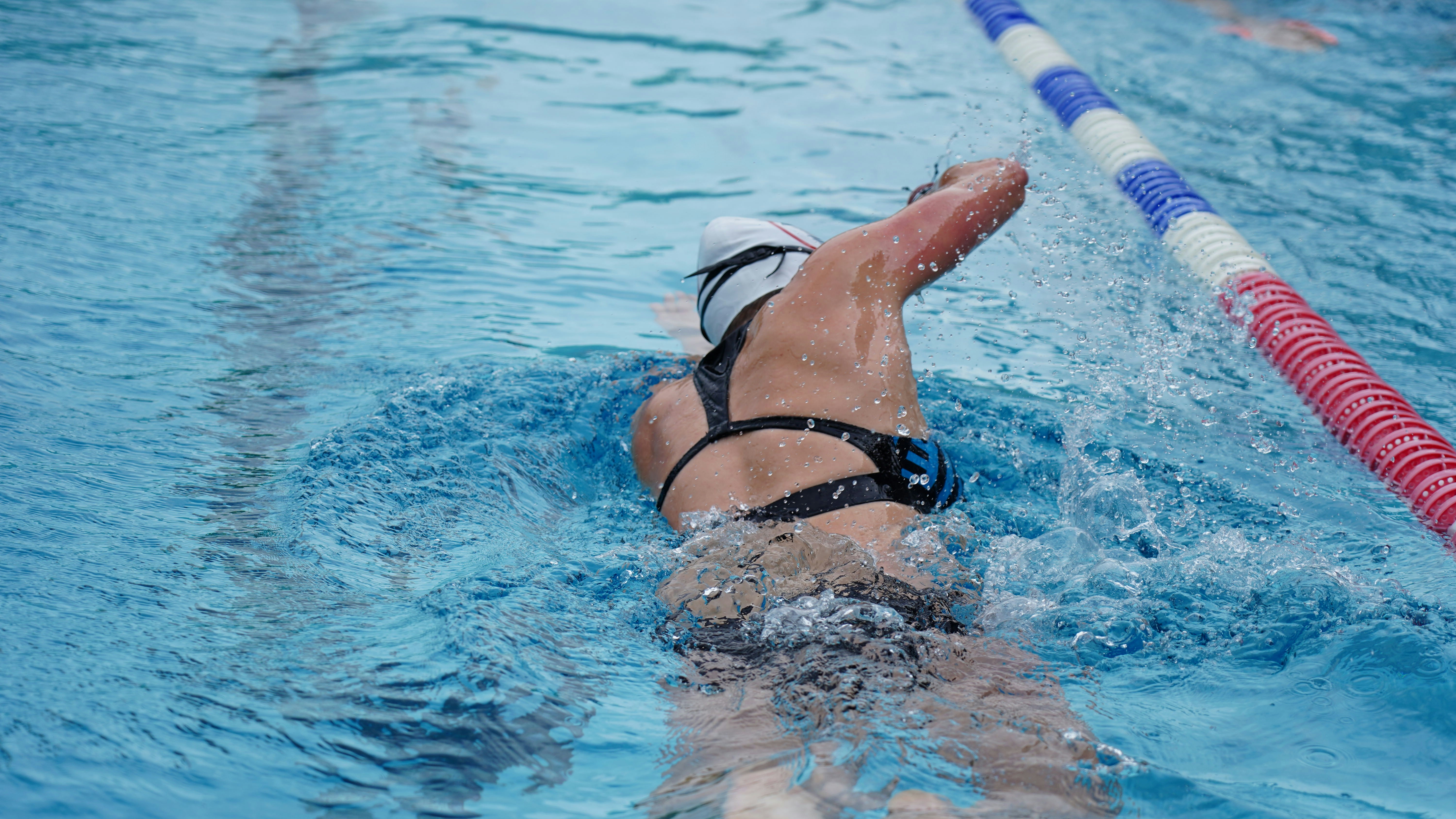

As triathletes, most of us have a wetsuit and know the cost of buying them. Not to mention all the money we spend on all the other gear. So taking care of your triathlon wetsuit of them becomes very important so we are not buying more wetsuits to replace ruined ones.
From the beginning, one of the best ways to care for your triathlon wetsuit is to make sure you get one in the correct size. One that is too small not only will limit your movement but will also decrease the material’s life due to overstretching it, getting it on, and just wearing it.
Taking off and putting on requires special care. This is when we are pulling and tugging on it. We can easily rip it from pulling too hard or from fingernails cutting it. There are steps you can take to help prevent damage. Before putting on lubrication can help. Spray your body with some type of lube like TriSlide. This even helps when it’s time to take it back off. Wrap plastic grocery bags over your feet before sliding them into the wetsuit. This can make them easier to slide in and prevent toenails catching. Gloves worn while putting on can prevent fingernail rips. Many wetsuits come with a set of gloves just for this.
When grabbing the wetsuit to pull on, fold over a little flap and use this to help pull. This can reduce some of the strain at one point. Have someone help you when possible with pulling up the zipper to help avoid access strain on the suit.
After every use makes sure to rinse or wash your wetsuit as soon as you can. Always use cold to warm water. Hot water can damage seals, stitching, and the air bubble technology of the neoprene. If you wash only use a mild soap or purchase something made just for washing wetsuits. It’s very important to rinse or wash the inside of your wetsuit also. Especially if it’s being used in saltwater. Saltwater can crystallize as it dries, reducing the neoprene stretch factor, and can cause a rash.
After cleaning, let the wetsuit dry. Usually, it will dry faster inside out. Don’t leave it in the sun to dry or use any other means to speed up the drying process. UV rays can damage a wetsuit. Hang the wetsuit to dry but don’t use a traditional hanger. The weight of the wetsuit can cause it to pull in the shoulders stretching or ripping the wetsuit. Either fold in half and hang on a wetsuit hanger or fold in half and hang over a bar or drying rack. While drying it, it will drip so do this in a spot where that is not an issue.
When storing a wetsuit it’s best to either use a wetsuit-specific hanger where you fold the wetsuit in half and hang it over or simply fold it up and store it on a shelf. Don’t store in direct sunlight as UV light is damaging to the wetsuit. Also, don’t store it in a plastic bag just in case it contains hidden moisture that still needs to dry. You can store wetsuits in a breathable wetsuit storage bag also. Many wetsuits will come with one of these.
As we all know a wetsuit can be a big investment so following these guidelines can help prolong the life of your wetsuit. For more information, check out this triathlon wetsuit guide over at Better Triathlete.
READ MORE: THE EASIEST WAY TO REMOVE YOUR WETSUIT QUICKLY


Carly and Tyler Guggemos built Organic Coaching in 2014 with a simple philosophy that works. The idea is to take what you have and grow it to get faster, fitter and stronger. And to do it with the time you have – not the time you wish you had.

For athletes who are ready to take their training to the next level while still thriving and succeeding in their professional and family life.
Copyright © 2024 Organic Coaching LLC